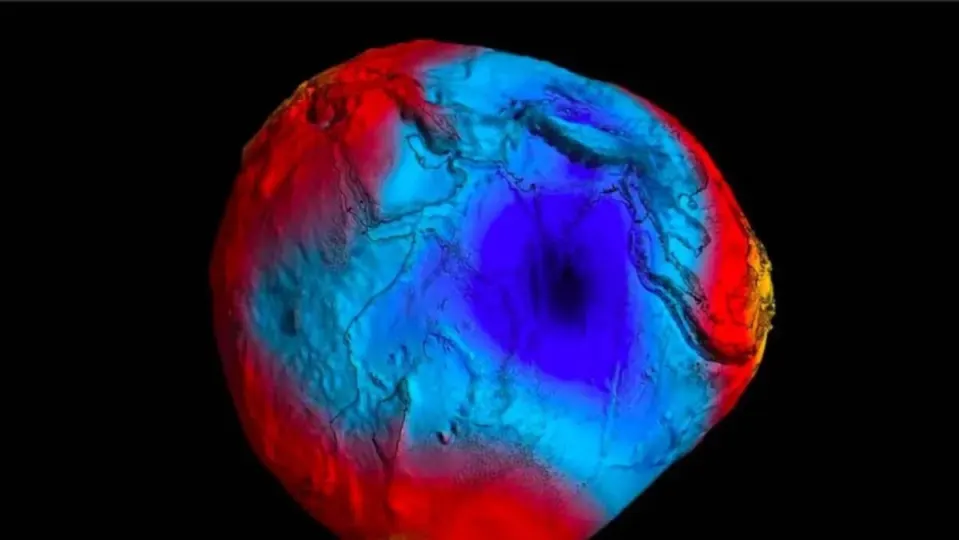It is true that we are very fond of astronomy and love to stay informed about what is happening around us. And how could we not be? Whether it’s a comet approaching, an asteroid falling, a supermoon, or a hybrid solar eclipse, these events are all awe-inspiring. However, as impressive as they may be, our own planet is also home to certain events that captivate the scientific community.
Located south of Sri Lanka and spanning over 3 million square kilometers, we come across a “gravitational hole.” Yes, you read that right. There is a point on Earth where gravitational attraction is weaker, and the sea level is 100 meters lower than the global average. While its origin has been a great mystery until now, scientists may have found an explanation.
Researchers from the Indian Institute of Science in Bengaluru have published their findings on this gravitational hole, also known as the Indian Ocean Geoid Low, revealing that it is actually a circular depression. Although previous studies have examined this area of low gravitational attraction, this is the first time its emergence has been analyzed.

On one hand, it is clear why there is less gravity in this area: there is less mass. As we were taught in physics and chemistry classes in high school, gravity is proportional to mass. But what causes this lack of mass at this specific point on the planet?
To find out, researchers Debanjan Pal and Attreyee Ghosh conducted a series of simulations with different parameters that represented the movement of tectonic plates over the past 140 million years. By triangulating the simulation data with real-world data, the scientists were able to find the solution.
Their conclusion is that this gravitational hole was formed after the movement of “mantle plumes,” which are composed of less dense magma, rising along the edges of the Tethys oceanic plates. Tethys was an ocean that existed between the Gondwana and Laurasia continents during the Mesozoic era, prior to the formation of the Indian Ocean, and eventually sank into the Earth’s mantle. In other words, the presence of a material with lower density in this area results in lower gravity.
Some of the links added in the article are part of affiliate campaigns and may represent benefits for Softonic.

